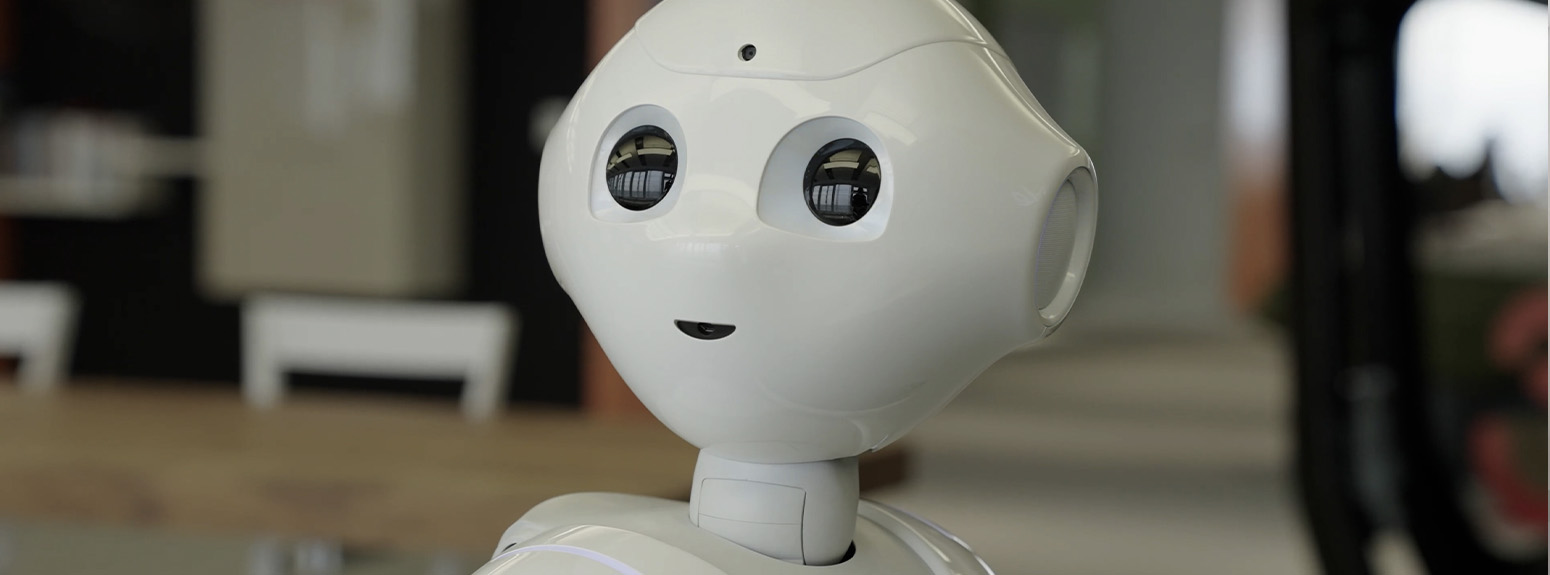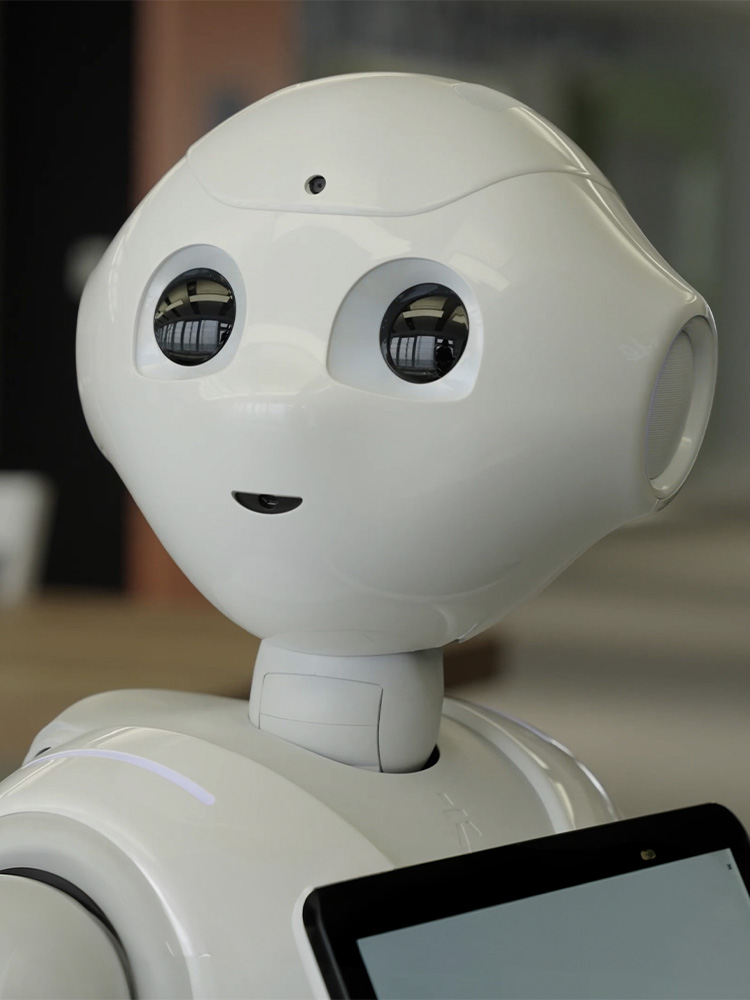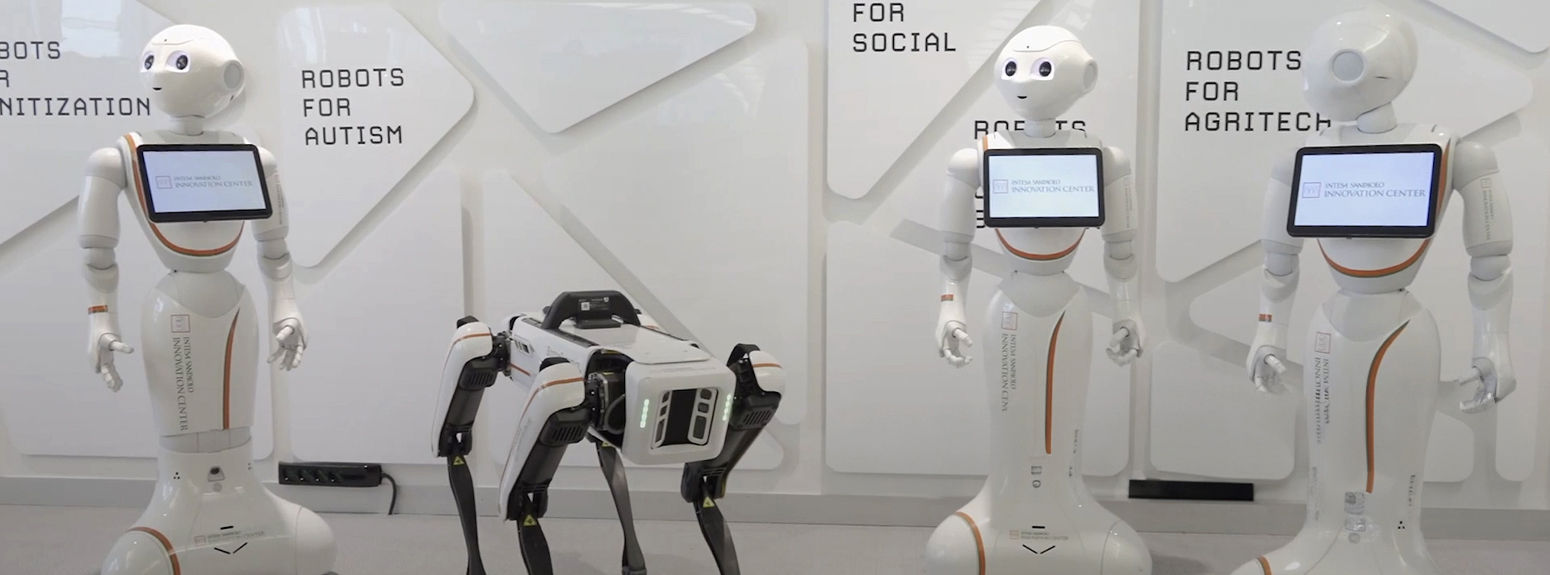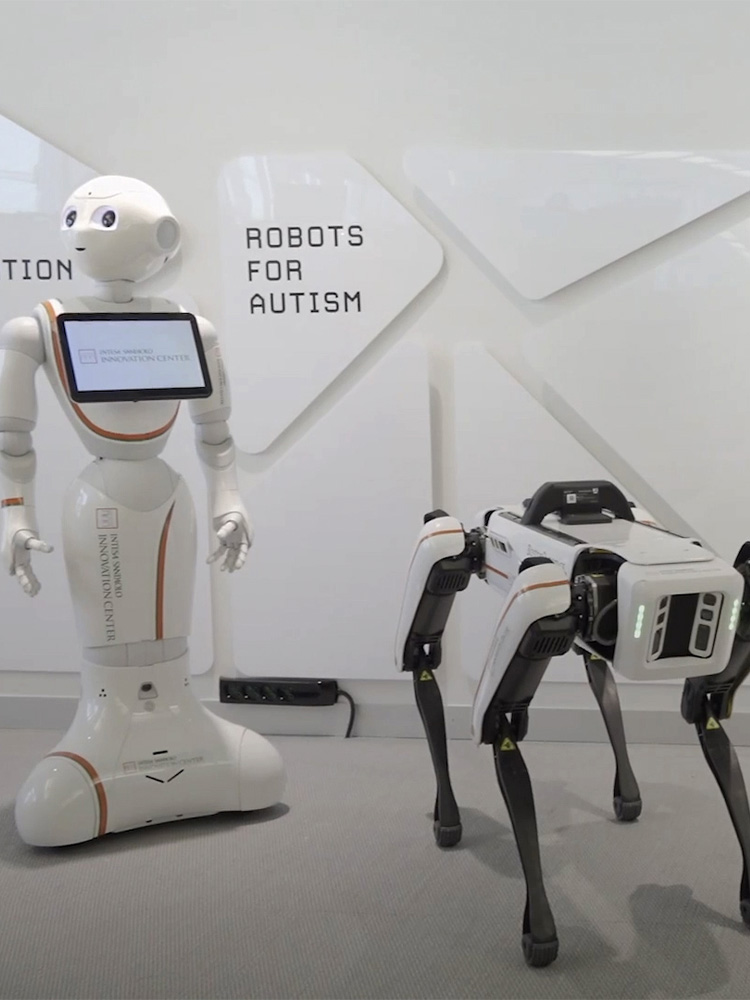Humanoid robotics and the future of social support
Humanoid robots play an increasingly important role in improving the quality of life, with interesting applications in the social field as they make interaction natural and intuitive.
In the current technological landscape, humanoid robotics is playing an increasingly crucial role, both as a symbol of innovation and as a tool capable of improving the quality of life. Designed to reproduce human appearance and movements, humanoid robots represent a "bridge" between technology and humans, given their ability to make interaction more intuitive and natural.


Applications of humanoid robotics
Humanoid robots are proving particularly useful in contexts where human contact is fundamental, but not always available. For example:
- Social support: robots like Pepper - launched in Japan by SoftBank in 2014 and capable of understanding the feelings, sensations, and moods of those around them - have been designed to interact with people in an empathetic and engaging way, adapting to educational, therapeutic, and corporate contexts.
- Personal services: in hospitals or nursing homes, humanoid robots can assist operators by performing repetitive tasks, while offering companionship to patients.
- Education and entertainment: leveraging their interactive capabilities, humanoid robots are used to teach complex concepts in intuitive ways, or for original and stimulating entertainment.
Focus: social support from humanoid robots
Social support, especially in therapeutic contexts, is one of the areas where humanoid robotics is having a significant impact. In fact, robots are proving to be valuable allies in improving the emotional and cognitive well-being of people, especially those facing particular and delicate challenges. For example, in the therapeutic field, humanoid robots are successfully used to support children and young people with autism spectrum disorders.
Thanks to their ability to offer predictable and repetitive interactions, robots promote the improvement of communication and social skills in young people, stimulating progress that is difficult to achieve with traditional methods.
Assistance for the elderly
Humanoid robots are also carving out an important role in elderly care. In this sense, for people with dementia, robots can represent a reassuring presence, capable of stimulating memory and emotional well-being with personalized activities.
More generally, robots can reduce the widespread sense of isolation among the elderly living alone or in nursing homes, offering meaningful interactions with technology.
Experiments and results
Experiments conducted with robots like Pepper and NAO have already shown promising results, with people involved in research projects showing increased engagement and improved emotional state, highlighting the potential of these technologies as tools for social support.
Although they cannot replace human contact, humanoid robots are proposed as a valuable complement, especially in situations where interaction with other people is reduced or complex.
Advantages and limitations of humanoid robotics in social support
The introduction of humanoid robots in social support highlights numerous potentials on the one hand, but also implies several challenges to be faced and overcome on the other hand.
Among the main advantages, these devices can provide continuous assistance without ever getting tired or losing patience, effectively adapting to the needs of individual users. Furthermore, thanks to integration with Artificial Intelligence, humanoid robots can personalize interactions, offering relevant and quality content that makes interventions not only more effective, but also more engaging for those who benefit from them.
Challenges in the spread of humanoid robots
Un One of the main challenge for the affirmation of humanoid robots is social acceptance, often limited by cultural barriers or prejudices, as many people are skeptical about the role that robots can play in human contexts. Various researches are obtaining good results in developing humanoid robots that are increasingly aware of the context in which they operate: an aspect that makes them more natural and acceptable to human eyes.
The high cost is also a limitation for the large-scale spread of humanoid robots. This limitation is gradually being reduced thanks to the growth of economies of scale and the adoption of more accessible technological solutions.
Another obstacle is closely linked to the currently available technologies, which still cannot simulate authentic empathy. This is a crucial aspect in many social support situations, although there is great confidence in the rapid progress in the field of artificial intelligence. Progress that is significantly increasing capabilities.
The centrality of privacy
Finally, a particularly delicate challenge concerns the protection of users' privacy. In this sense, the use of humanoid robots must be managed with extreme care, especially when it involves vulnerable subjects such as children with autism spectrum disorders or the elderly. In these cases, it is essential to ensure that personal and sensitive data are treated with the utmost respect, using rigorous security standards and advanced encryption protocols.


The research projects of the Robotics Lab of Intesa Sanpaolo Innovation Center
The Robotics Lab of Intesa Sanpaolo Innovation Center studies the use of robots in non-industrial contexts, i.e., service applications where it is costly or dangerous for humans to act, and assistive applications, i.e., providing assistance to the user through social interaction. The laboratory also conducts research aimed at addressing contemporary challenges of robotics in different contexts:
- Development of autonomous robotic solutions that can provide useful services for people's daily well-being.
- Interaction and communication between robots and humans.
Furthermore, the Robotics Lab is experimenting with the use of social robots as support for educational therapies aimed at people suffering from autism and cognitive decline.
Sugar, Salt & Pepper – Humanoid Robots for Autism
Ad For example, the research project "Sugar, Salt & Pepper - Humanoid Robots for Autism" - developed by the Department of Computer Science of the University of Turin, Fondazione Paideia, Jumple, Intesa Sanpaolo and Intesa Sanpaolo Innovation Center - combines educational and social robotics skills with the needs of disabled children and young people.
In laboratory activities, exchanges and interactions that develop in the rehabilitative context are observed and analyzed, paying particular attention to language, communication, emotions, and the enhancement of social skills.
This is achieved through the use of humanoid robots like Pepper, assisting operators (educators, speech therapists, psychologists, neuropsychomotor therapists) while following the activities in which the young people are independently engaged. Although it acts as a support, Pepper proves to be a motivating tool, also capable of adjusting activities based on the results and responses obtained from the children.
Furthermore, the laboratory allows for the precise extraction of environmental or interpersonal data of the people involved, thus deepening the profile of each child through the analysis of eye contact, communication initiatives, requests for help, emotional states, and specific preferences.
ToM&Pepper Lab: the project for cognitive and socio-emotional well-being of the elderly
Another research project is the "ToM&Pepper Lab", which uses the social robot Pepper to support and improve the cognitive and socio-emotional well-being of the elderly, focusing on those showing initial symptoms of cognitive decline.
Launched thanks to the collaboration between the Research Center on Theory of Mind and Social Skills in the Life Cycle (CeRiToM) of the Catholic University, the Robotics Lab of Intesa Sanpaolo Innovation Center, and the Multiservice Company of Vigevano, the experimentation has Pepper as the "facilitator" capable of guiding participants through a path that includes memory, attention, and cognitive and social skills exercises.
In the first phase of the research project, the robot stimulated memory and concentration, increased active engagement, created a climate of trust, favored the emergence of personal memories, and elicited positive emotions (e.g., joy and surprise). Results were also obtained thanks to the attribution of human characteristics, such as intelligence and reliability.
The second phase of "ToM&Pepper Lab" began in the last months of last year and also includes "healthy" people, while the recruitment of a sample of subjects affected by pseudo-dementia outlines the horizons of experimentation in the short term future.
